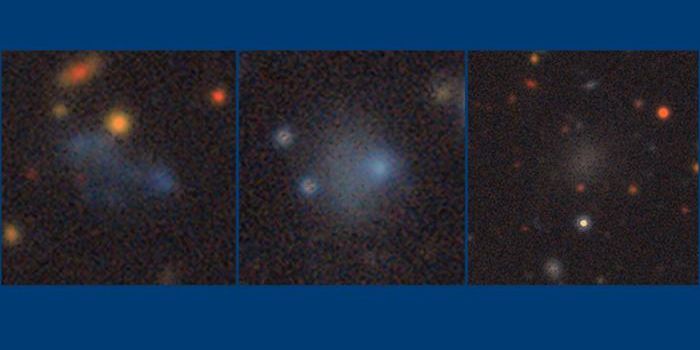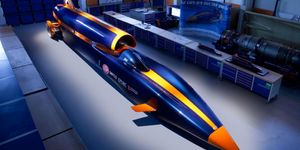Asteroid to Pass Earth As Close as 11,000 Miles Away on March 5th
On March 5th, we can expect yet another close encounter with an asteroid. It will be a relatively small one, but asteroid 2013 TX68 will may come as close to Earth as 11,000 miles, or may flyby as far as 9 million miles away – the exact distance is difficult to calculate at this point in time due to how recently it was discovered, as NASA notes in a statement.
The reason the recent discovery makes the trajectory difficult to estimate is because there are very few models to suggest where the asteroid is going to end up next. There is little history to show what path it likes to take, and as a result, it could be pretty much anywhere.
"This asteroid’s orbit is quite uncertain, and it will be hard to predict where to look for it," said Chodas. "There is a chance that the asteroid will be picked up by our asteroid search telescopes when it safely flies past us next month, providing us with data to more precisely define its orbit around the sun."
Scientists at NASA’s Center for NEO Studies (CNEOS for short) have suggested that there’s absolutely no chance of asteroid 2013 TX68 slamming into the Earth this March, but there is a 1 in 250,000,000 chance that it could impact the Earth in September of 2017.
NASA also notes that there will be additional flybys in 2046 and 2097 that have an even lower chance of coming close enough to the Earth to cause an impact, but the thought of an asteroid impact is still unsettling.
But how big is 2013 TX68, and wouldn’t it break up in our atmosphere if it made an attempt to impact our planet? – It depends on the size, really. The asteroid is approximately 100 feet in diameter according to recent estimates, and that’s almost double the size of the asteroid that broke up over the atmosphere of Chelyabinsk, Russia just three years ago.
Even if it did break up in the atmosphere, you can expect it would make a lot of noise; an “air burst” as NASA calls it in the press release. Moreover, because it’s almost double the size of the asteroid from the Chelyabinsk debacle, you can expect double the volume in terms of sound.
The good news is, you can go at least another year without worrying about a possible collision from 2013 TX68, but the bad news is, there’s always that lingering thought in your head of reality that we may one day get slammed by an asteroid, even if it’s not this particular one.
Fortunately, NASA is on the case with having constructed their own office for asteroid defense for Earth, and hopefully they’ll develop technology that can help protect us from future events.
Source: NASA









